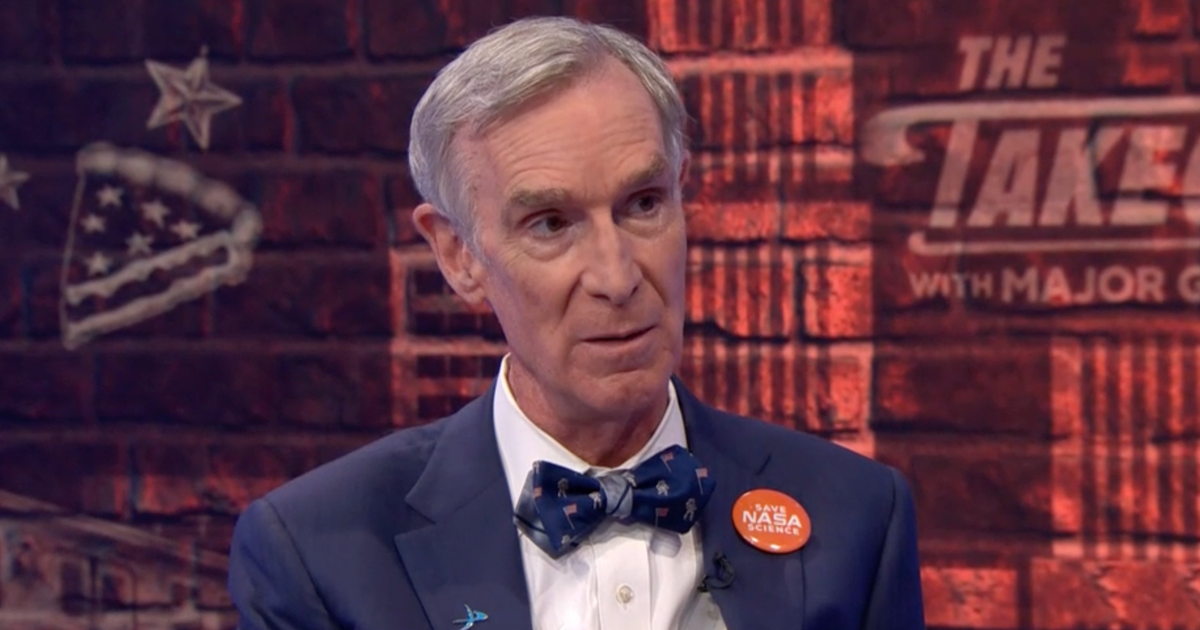A delayed inflation report on Friday is expected to deliver sobering data about the direction of U.S. prices, with economists forecasting that the Consumer Price Index in September rose at its fastest pace in 16 months.
CPI last month is projected to have risen 3.1% on an annual basis, which would be the highest since the inflation gauge hit 3.3% in May of 2024, according to economists polled by FactSet. The CPI measures price changes in a basket of goods and services typically bought by consumers.
The Bureau of Labor Statistics is scheduled to release the September CPI report on Friday at 8:30 a.m. Eastern time, or nine days later than it had originally been scheduled to issue the report before the U.S. government shutdown.
Most federal economic data releases have been suspended during the stalemate. The Department of Labor is making an exception for the September CPI data because the inflation rate is needed to determine the Social Security Administration’s annual cost-of-living adjustment for beneficiaries, which is also scheduled to be announced on Friday.
Inflation has crept higher this year, edging farther away from the Federal Reserve’s annual 2% target, partly due to the Trump administration’s wide-ranging tariffs, according to economists. U.S. companies that import goods from other nations are on the hook for paying the tariffs, and they are passing on as much as 55% of those import taxes to consumers in the form of higher prices, according to a Goldman Sachs analysis.
“The forthcoming September CPI data will confirm a renewed acceleration in inflation, with price momentum evident across both goods and services,” EY-Parthenon Chief Economist Gregory Daco predicted Thursday a research note. “The tariff impact is increasingly visible, though pass-through remains gradual and uneven.”
Prices today are rising far more slowly than during their peak growth in June of 2022, when the CPI hit a 40-year high of 9.1% and spurred the Federal Reserve to ratchet up interest rates in a bid to quash inflation. When borrowing becomes more expensive, consumers and businesses tend to cut back on spending, which helps temper inflation.
But the recent uptick in inflation is souring some Americans on the economy, with 59% of those polled by CBS News earlier this month saying they feel the economy is getting worse. About two-thirds said they had noticed prices going up in recent weeks.
The Social Security Administration on Friday is also expected to release its annual cost-of-living adjustment, basing its calculation on the inflation rate from July through September.
That yearly financial bump, which ensures that 75 million Social Security recipients don’t lose purchasing power as prices rise, is expected to come in at around 2.7%, slightly higher than the 2.5% increase beneficiaries received in 2025, according to the Senior Citizens League, an advocacy group.
A 2.7% boost in benefits would lift the average monthly Social Security payment for retired workers by $54, from $2,008 to $2,062. Yet some advocates for senior citizens are concerned that retirees could face a financial pinch if prices continue to climb beyond their 2026 Social Security adjustment.
Despite the recent rise in consumer prices, the Federal Reserve and most private economists expect inflation to ease next year. In September, the Fed forecast that the Personal Consumption Expenditures — a measure of consumer spending and the central bank’s preferred barometer of inflation — would show prices rising at a 3% annual rate in 2025, but then drop to 2.6% next year.
The impact of U.S. tariffs on inflation has been more muted than what many economists were forecasting earlier this year, Seema Shah, chief global strategist at Principal Asset Management, said in an email. Companies have helped blunt the impact by expanding their inventories before the tariffs took effect, as well as absorbing some of the costs in the form of lower profits, she said.
But there’s a risk those strategies might not work for long, she added.
“As inventories deplete, trade routes narrow and margins continue to shrink, firms may be forced to pass on higher costs to consumers,” she wrote. “As such, upside risks remain. If pricing pressures spill over into services, it could signal a broader and more persistent inflationary trend.”




